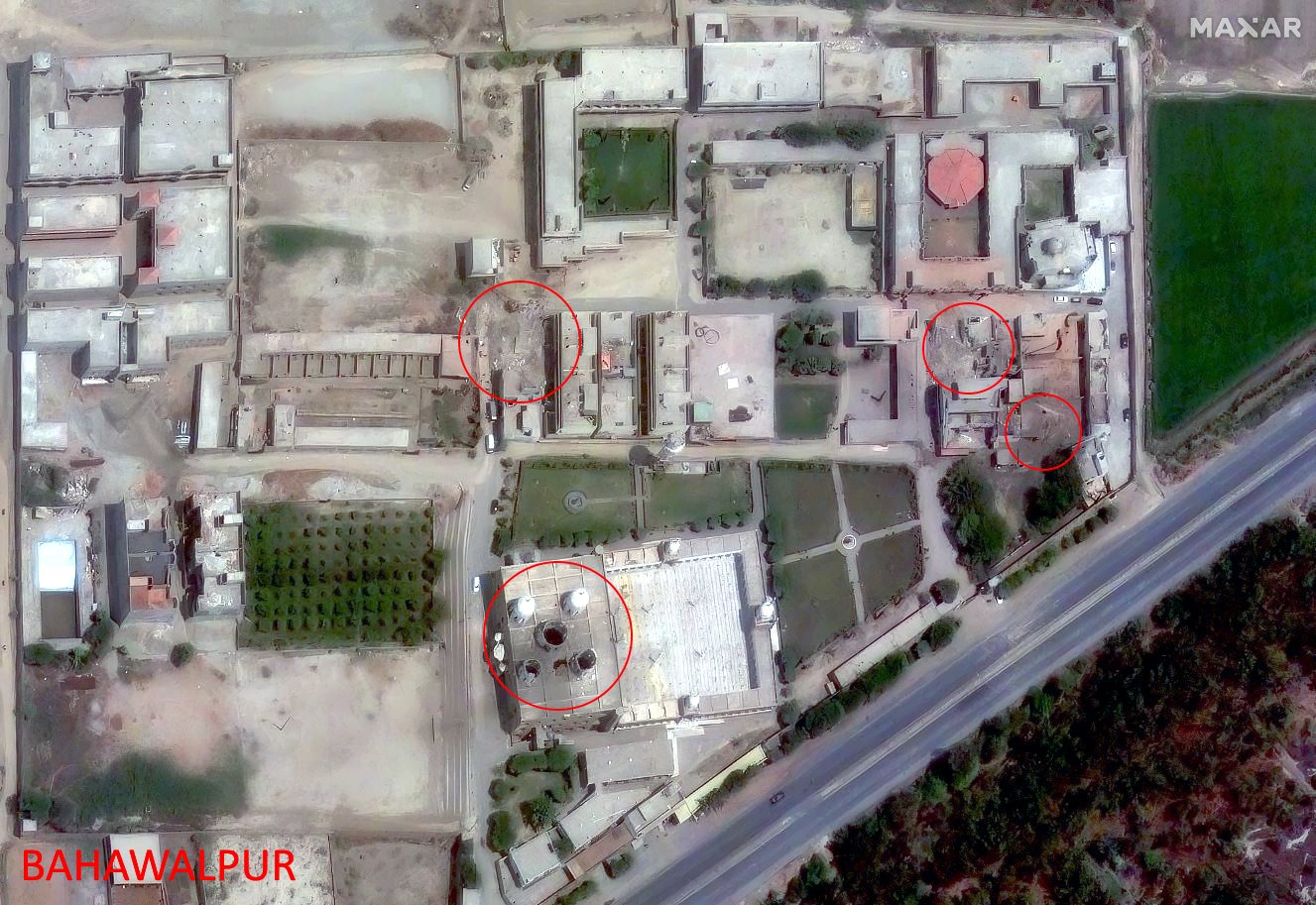Dear Express Reader Campaigning in poll-bound Himachal Pradesh on Saturday, Prime Minister Narendra Modi sought to link every vote given to the BJP to himself - every vote for "kamal ka phool (BJP's election symbol lotus)" will "come directly to Modi's account as a blessing", he said. He reiterated his promise of a "double engine ki sarkar" - "Dilli mein Modi ho, toh yahan bhi Modi ko mazbooti milni chahiye ki nahin (If Modi is in Delhi, shouldn't he be strengthened in the state as well)". He has done it before, but Modi's rhetorical device of referring to himself in the third person is striking. But apart from that, and related to it perhaps, is the message, or two messages, to the voter. One, he is the party, and government. And two, the state gets more if it has a government of the party that rules at the Centre. These two aspects of the Modi promise have been normalised in successive elections, so much so that we do not anymore see how they break from past patterns in the BJP and in the polity, and shape the responses of the BJP's political opponents. The first, the politics of personality, is not of Modi's making, but he has given it an all-new scale and reach. From the BJP poster, dominated by Modi's photo against a stark background cleared of the pictures of other party leaders, to partymen and women's constant chanting of his name and projection of government schemes as the PM's personal largesse to citizens who must be seen as his beneficiaries or labharthi - the message is clear. While comparisons with the past inevitably come up with DK Barooah's grovelling coinage the '70s, Indira-is-India-India-is-Indira, the fact also is that Modi's cult came when personality politics was at a low point, and when space had opened up, in fact, for multiple parties and issues and different formats of political competition in the Centre and in the states. In Congress, the curious division of power between Manmohan Singh and Sonia Gandhi in the UPA years had meant that no one person could take ownership of government, at least not out loud. In the BJP, before Modi's steep rise, Atal Bihari Vajpayee was seen in partnership with LK Advani at the top and both were followed by a second rung of self-possessed leaders, at the Centre and in the states. In the states, the slow crumbling of the Congress citadel since the 1990s, and the coming of Mandal in the same decade, had led to the rise of regional leaders, and made space for a wider range of issues closer to the ground. Within their respective states, many of these leaders presided over mini personality cults of their own. But no one cut-out towered, no questions asked, above all others nationally. The federal compact laid out in India's Constitution had provided the framework and rules for governments of different political-ideological hues at different levels to talk to and negotiate with each other, and for multiple players and issues to be simultaneously in the game. That may be changing, and the primary agent for that change is the man who refers to himself in the third person in nearly every election speech he makes. In the frame of a towering Modi wielding the reins of the double-engine sarkar, the party organisation is less important, or rather, is a mere instrument in the service of the pre-eminent leader. Local leaders and issues are relegated to supporting and cheerleading roles. The Union government, which, in constitutional principle, should not discriminate between states, is projected and seen as a benefactor of states ruled by the same party and, by implication, not so well inclined towards those ruled by others. This has changed not just how the BJP conducts itself, but also how the BJP's political opponent behaves. In the AAP, with much less of an organisation at his command, Arvind Kejriwal is trying to mimic the Modi cult. This week, the AAP announced a chief ministerial candidate for Gujarat, but it is clear that Isudan Gadhvi will play a far-second fiddle in Gujarat, as Bhagwant Mann does in Punjab, to the cult of Kejriwal. And in Congress, the need to combat Modi on Modi's terms may have arguably been one of the factors that sent Rahul Gandhi on the Bharat Jodo Yatra. The Yatra may even slowly be doing that job - helping him to wrest back control over his own image (from BJP propagandists and trolls). But it is not yet clear if and how it aligns to his party's interests and imperatives as important state elections loom. � It may be that this rearranging of how politics is done is temporary. Varied and multi-coloured processes of a diverse federal polity may be waiting in the wings, for the right moment to reassert themselves. Or it may be that something has changed in India's politics, something has been lost, irretrievably. Till next week, Vandita | 
No comments:
Post a Comment